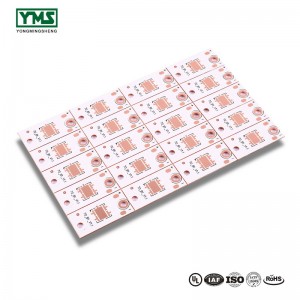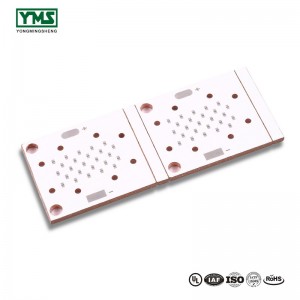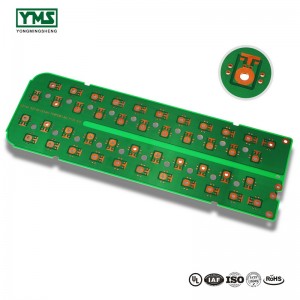Purpose of copper deposition:
The resin and glass fiber on the non-conductor part of the hole wall are metallized to perform the subsequent copper plating process to complete the metal hole wall which is conductive enough for welding.
PTH process:
Grinding plate:
Remove the drilling-out tip.
Upper:
Place the polished plate in a copper frame.
Inflation:
Soften the epoxies in your swelling pores, reduce the bonding energy in your polymers, and make potassium permanganate (KMnO4) more vulnerable to attack and form tiny, abrasive surfaces.
In addition to the glue:
Remove Desmear (molten rubber residue) generated by high temperature during drilling to produce tiny rough surface and increase the adhesion between hole wall and copper.
Neutralization:
To remove manganese dioxide precipitation produced after the reaction.
Oil removal:
Remove oil stains, fingerprints, oxides, and dust in the hole. The polarity adjustment of the pore wall substrate (making the pore wall change from negative charge to positive charge) facilitates the adsorption of colloid palladium in the later process. Oil removal adjustment directly affects the backlight effect of copper.
Micro erosion:
Remove the oxide from the board and roughen the board to ensure a good adhesion between the subsequent deposited copper layer and the substrate copper. The newly generated copper surface has strong activity and can adsorb colloidal palladium well.
Microerosion:
Mainly to protect the palladium tank from the pollution of the pretreatment tank solution, extend the service life of the palladium tank, the main components except for palladium chloride and palladium tank composition is consistent, can effectively moisten the hole wall, facilitate subsequent activation liquid into the hole in time to activate enough effective activation.
Activation:
After adjusting the polarity of alkaline oil removal, the pore wall with positive charge can effectively absorb enough colloid palladium particles with negative charge to ensure the uniformity, continuity and compactness of subsequent copper deposition.
Acceleration:
It can effectively remove the stannous ions surrounded by colloidal palladium particles, expose the palladium core in colloidal particles, and initiate the chemical copper precipitation reaction directly and effectively.
Chemical copper sinking:
The activation of palladium nucleus induces the autocatalytic reaction of chemical copper precipitation, and the newly generated chemical copper and the by-product hydrogen can be used as catalysts to catalyze the reaction, so that the copper precipitation reaction continues continuously.
After this step, a layer of chemical copper is deposited on the plate surface or hole wall.
Principle of chemical copper (PTH) :
Cu2++2HCHO+4OH-→Cu+2HCOO-+2H2O+H2↑ (main reaction)
2Cu2+ + HOCO + 5 OH- → Cu2O + HCOO- + 3 H2O (side effect A)
H2O → Cu + Cu2+ + 2 OH-
2HOCO+ NaOH → HCOONa + CH3OH (side effect B)
You May Like:
Post time: Sep-09-2019



